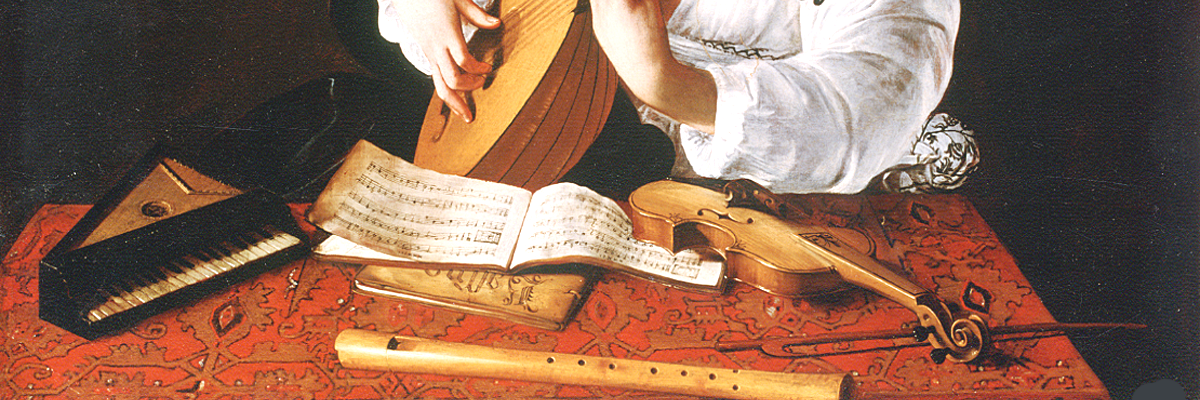The 'L homme armé' melody had an extraordinary vogue among composers of sacred music towards the end of the fifteenth century; almost every self-respecting composer of the time composed a mass on it. However, the earliest use of the tune in a polyphonic work is probably the setting by Robert Morton (d. ca. 1475), which was originally in three parts, but has survived in the present four-part version - almost certainly intended for instrumental performance - in the Biblioteca Casanatense in Rome. And Morton was not the only musician to use the melody in a secular context; the composer Johannes Japart, who seems to have specialised in combining two or more melodies in a single piece, presents it in our third setting together with another popular song, "Il est de bonne heure né . Our second setting here is headed "Falsum in the single source, which may be a reference to the modal irregularity in the imitative opening. In some ways the oddest setting is the apparently very simple one of Josquin; what is strange is that the notation in the original is unnecessarily complicated - the piece is written in triple time with a dot after the first note in each piece and a verbal instruction which implies that all subsequent notes should be dotted. So far nobody has been able to transcribe the piece in a form that is musically (as opposed to notationally) different from the simple version printed here.
The original note values have been halved in no. 1 and quartered in the remaining pieces. Editorial accidentals appear in the usual way, printed small above the stave, applying to a single note only.
These pieces can be performed on recorders, or other wind instruments, or viols. Settings 2 and 3 here are probably best approached almost as virtuoso numbers, with tempi as fast as is compatible with the quite elaborate syncopations that occur from time to time.




